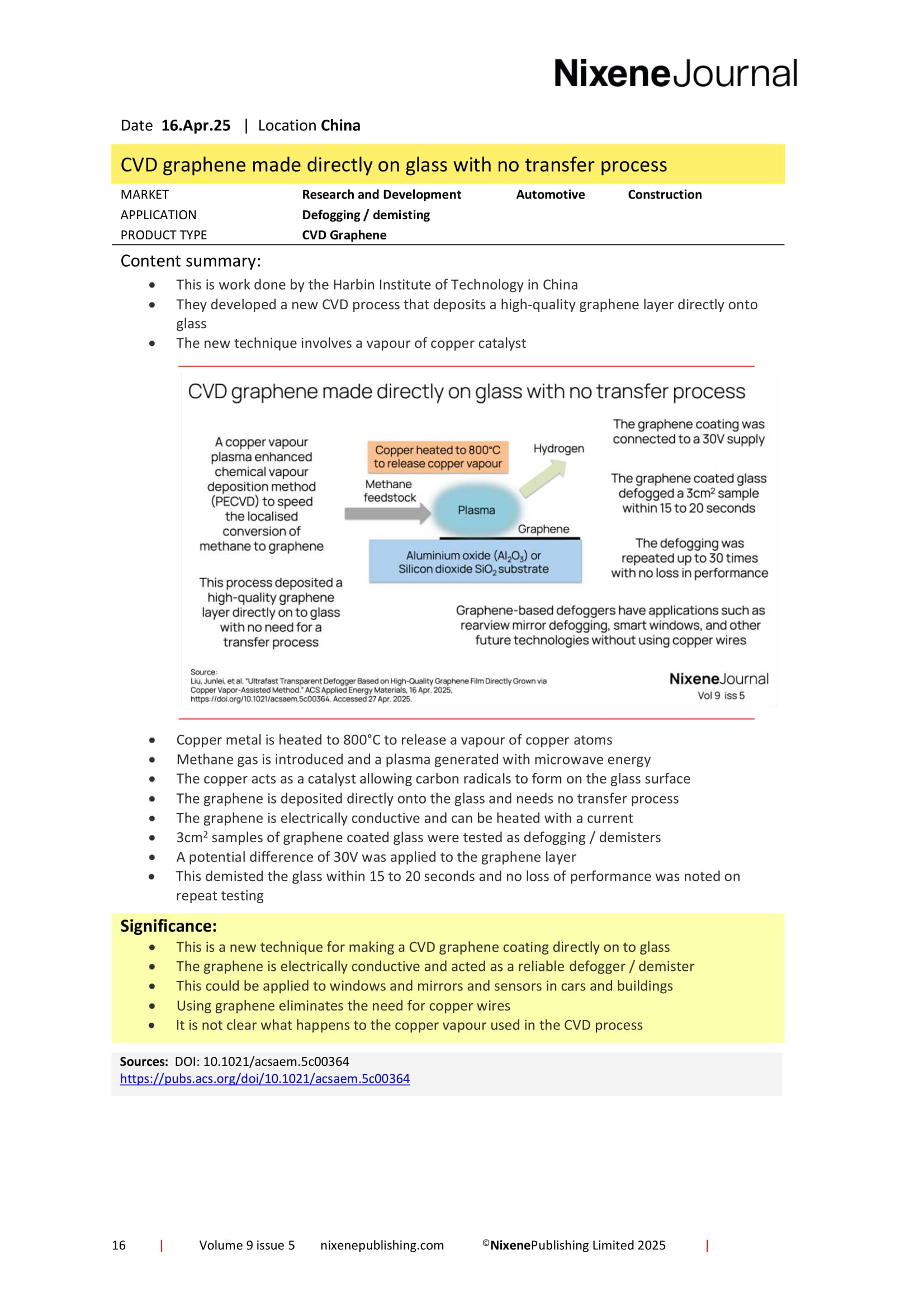Journals
This product is relevant to the following:
Material:
Other:
, ,Locations:
Markets:
Applications:
Product Types:
Technologies:
Related products
-
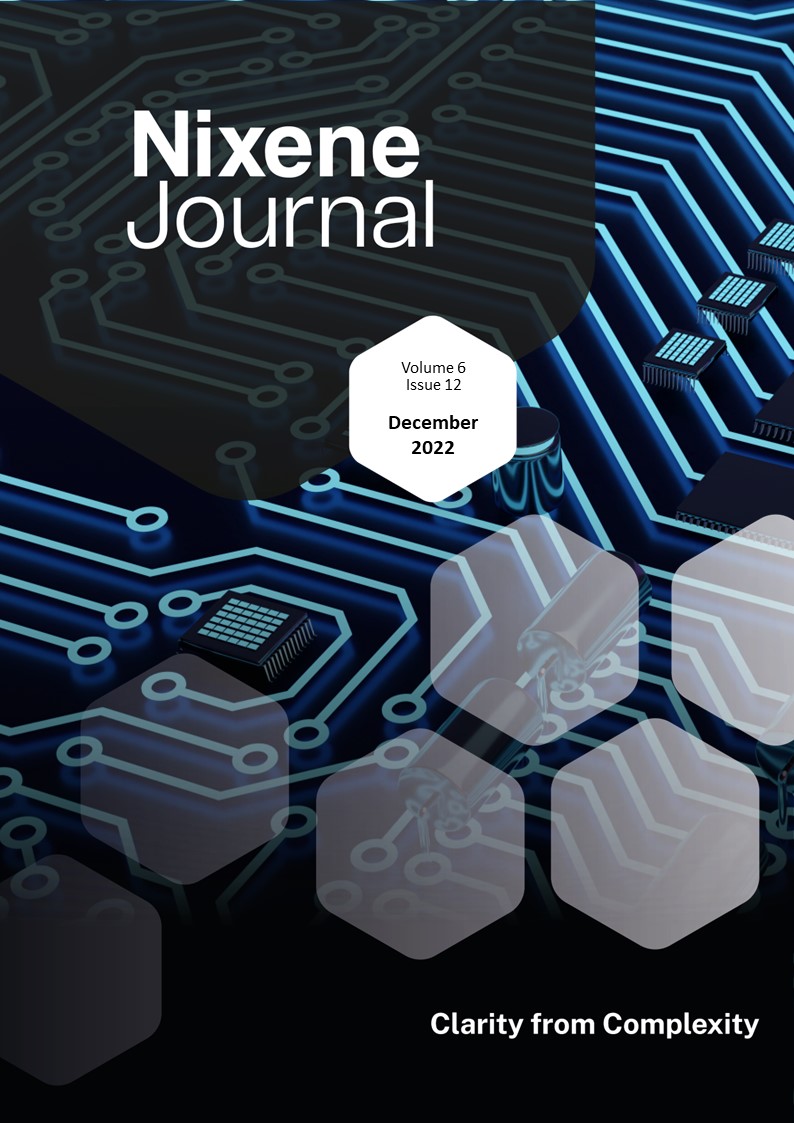
Vol 6 Issue 12
This month Time Magazine named the graphene kitchen styler as one of the best inventions of 2022. This is the graphene cooker we mentioned back in vol 6 iss 2 p.30. The company behind this invention, Graphene Square, announced another product this month, the graphene virtual fireplace radiator. Both devices use large area chemical vapour deposition (CVD) graphene. The virtual fireplace radiator has already won another innovation award and will make its debut at the consumer electronics show in Los Angeles, USA in January 2023. The immediate reaction from people working in the graphene and 2D materials community has been to greet these announcements with a wry smile. My first reaction was to dismiss this as gimmickry as well. Then I thought a little more. You will know, dear reader, that great advances have been made developing manufacturing methods for large area sheet graphene using the CVD technique. Production machines exist in Europe, America, and Asia, some of which can make graphene at speeds of 2m/min and lengths of up to one kilometre (vol 5 iss 8 p.36). A manufacturing business survives by making things and then selling them at a profit. These companies have solved the science and engineering problems to create impressive production capabilities. This is only half of the survival equation. They must develop equally impressive marketing and sales operations to match. In this issue we notice that USA based manufacturer General Graphene is still struggling to find the applications that will be the foundation for the marketing and sales operation. Meanwhile Graphene Square, from South Korea is making cookers and toasters. The reason they are launching apparently trivial products is because they need to educate the market by getting the message out to potential customers that CVD graphene is real, it can be manufactured at scale and integrated into everyday products. This message will not be lost on manufactures in the automotive and aerospace sectors as well as consumer electronics. And consider this, Time Magazine has over three million subscribers, and a wider reach online. Also in this issue, graphene powder manufacturer, Applied Graphene Materials has announced it is in financial trouble. It will run out of cash at the end of January 2023 unless it can find cash from somewhere. The reason for its troubles? A lack of success finding market applications for its graphene that will generate profitable sales. A reminder to us all that developing sophisticated products is only part of the road to success. Making customers aware of the value of your product is key because if you get this right, they will prize your offering as much as you do, and this will lead to profitable sales and a sustainable business. Adrian Nixon 1st December 2022£45.00 View product -
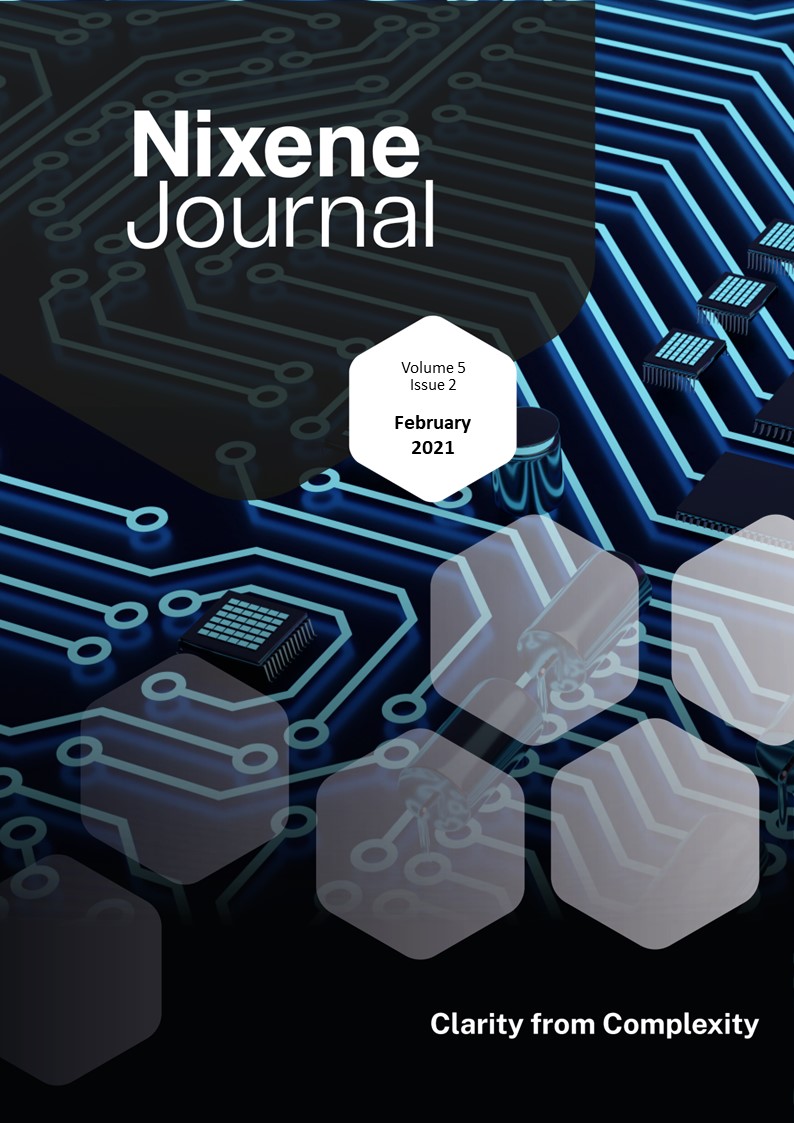
Vol 5 Issue 2
Regular readers will be aware of my view that the field of graphene is moving faster than anyone realises. More evidence supporting this emerged this month. A team at Penn State university in the USA has been working on experiments with passing sound waves through sheets of graphene with precise holes drilled in hexagonal patterns. They made the acoustic analogue of twisted bilayer graphene and found the acoustic equivalent of the magic angle. So, as well as twistronics for electrons we now have phononics for sound waves in twisted bilayer graphene, and probably other 2D materials. A new field of scientific study made possible by graphene the progress really is astonishing. The US Government is starting to wake up to the power of graphene. James Tour’s flash graphene is attracting the attention. The team now can take the waste char from plastic recycling and turn it in to graphene that improves the strength of cement by 30%. Rice University says the Air Force Office of Scientific Research and the Department of Energy supported the research. Trade magazines in the construction sector are also picking up on this. Another development by James Tour; Laser induced graphene is being used to make biosensors that detect and diagnose SARS-CoV-2 in blood and saliva samples. The test links to a smartphone and produces results in ten minutes. More work is being done with graphene supercapacitors. It looks like increasing the surface area of graphene nanoplates by increasing the separation between the nanoplates increases the energy density. Cross linking the nanoplates with a big molecule that is also electrically conductive improves the supercapacitor performance still further. Computer graphics card manufacturer, Gigabyte, has launched a new high end gaming card. Graphene is being used to improve the cooling performance, interestingly not using the thermal properties, but using graphene as a lubricant. Investors seem to be taking a more active interest in graphene companies. Ionic, the Australian supercapacitor manufacturer has received $2million to develop its manufacturing operation. In the UK Versarien has raised another £3.5million and Applied Graphene Materials has raised £6million in cash by selling more shares. This gives both companies some financial breathing room but also raises the pressure to deliver revenue growth. And there is lots more of interest in this packed issue. Adrian Nixon, 1st February 2021£45.00 View product -
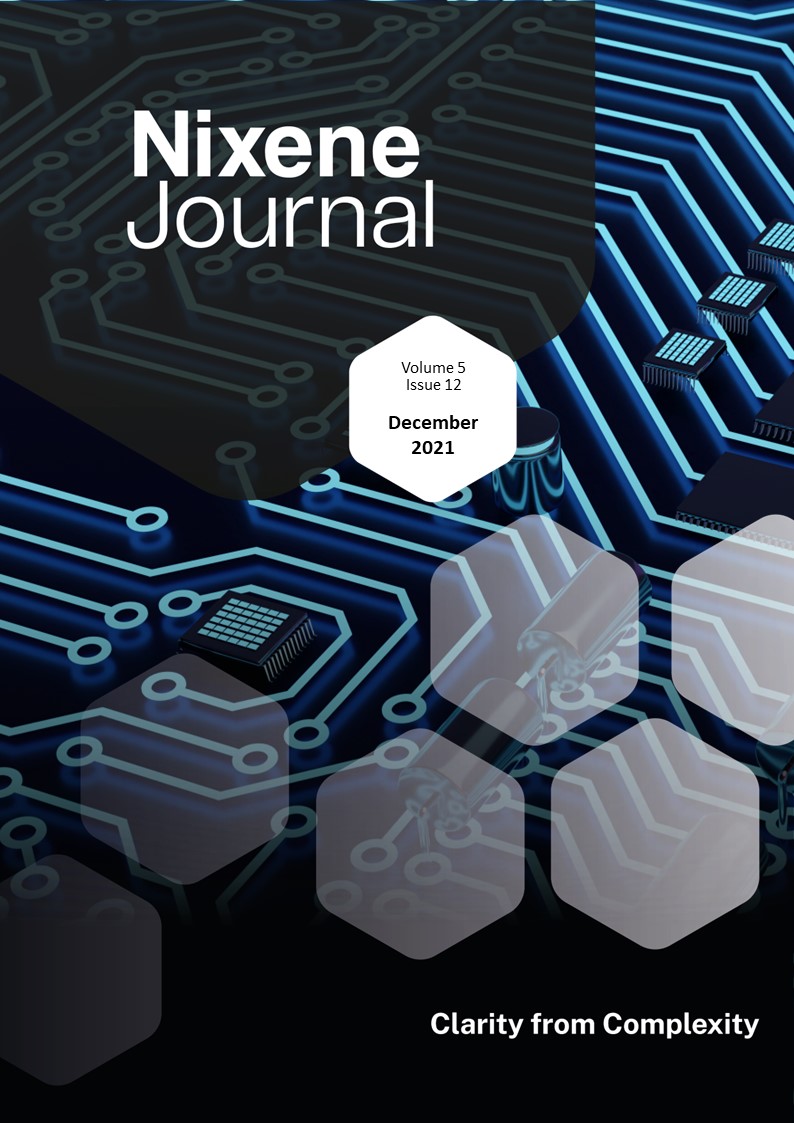
Vol 5 Issue 12
Two new graphene companies have appeared on the radar this month. They both use a similar process to make graphene from methane gas with hydrogen as a by-product. Looking at the patents of the companies they both use a microwave reactor to tear apart the carbon and hydrogen atoms in methane, the carbon atoms recombine as graphene and the hydrogen atoms recombine to form hydrogen gas. There the similarities pause because the two companies have very different approaches for how to market their developments. The first company is Levidian, they are a relaunch of Cambridge Nanosystems from the UK. Their business model is focussed on using waste methane gas from a customer’s process. They use the reactor to lock up the carbon in the methane as graphene and claim carbon capture credits. The graphene production is secondary to this marketing approach. Using disclosures by the company, I was able to create a mass balance for the Levidian method. It appears that the process captures carbon from methane with around 30% efficiency (p.34). Not bad, but still some further progress to make. The second company is California based Lyten who publicly disclosed their activity just a few weeks ago. They were formed in 2015 and have been operating in stealth mode. Their graphene is used to make the electrode for a lithium sulphur (LiS) battery that has three times the energy density of normal lithium-ion batteries (p.35). They have probably decided to come out of stealth mode to raise capital for the scaling up of their process. The company is currently talking with five original equipment manufacturers (OEMs) in the automobile industry. The weakness of LiS batteries has been their capacity fade with repeated charge / discharge cycles. Lyten say they have improved on previous LiS designs so they might have something of interest for manufacturers of electric vehicles. Levidian patented their process in 2014 and Lyten in 2015. Lyten references the Levidian patents in their applications. This is how we know the two processes are very similar. Things could get interesting if one or the other company makes a lot of money in the future. As Elon Musk observed “A patent is like buying a lottery ticket to a lawsuit”. Staying with graphene powder manufacture, we feature John van Leeuwen of Universal Matter in a special feature (p.7). He is leading the drive to scale up the flash graphene process developed by Prof James Tour at Rice University. Universal Matter is definitely a company to watch in the future. All these graphene manufacturing processes are bottom-up, self-assembling graphene atom by atom to create high quality powders. These processes are in their infancy at present. If they can be scaled, they could disrupt the graphene-from-graphite manufacturers in future as they promise controllable quality graphene. This potential market disruption is something we’ll explore in the future, in the meantime there is much more to explore in this issue… Adrian Nixon, 1st December 2021£45.00 View product -
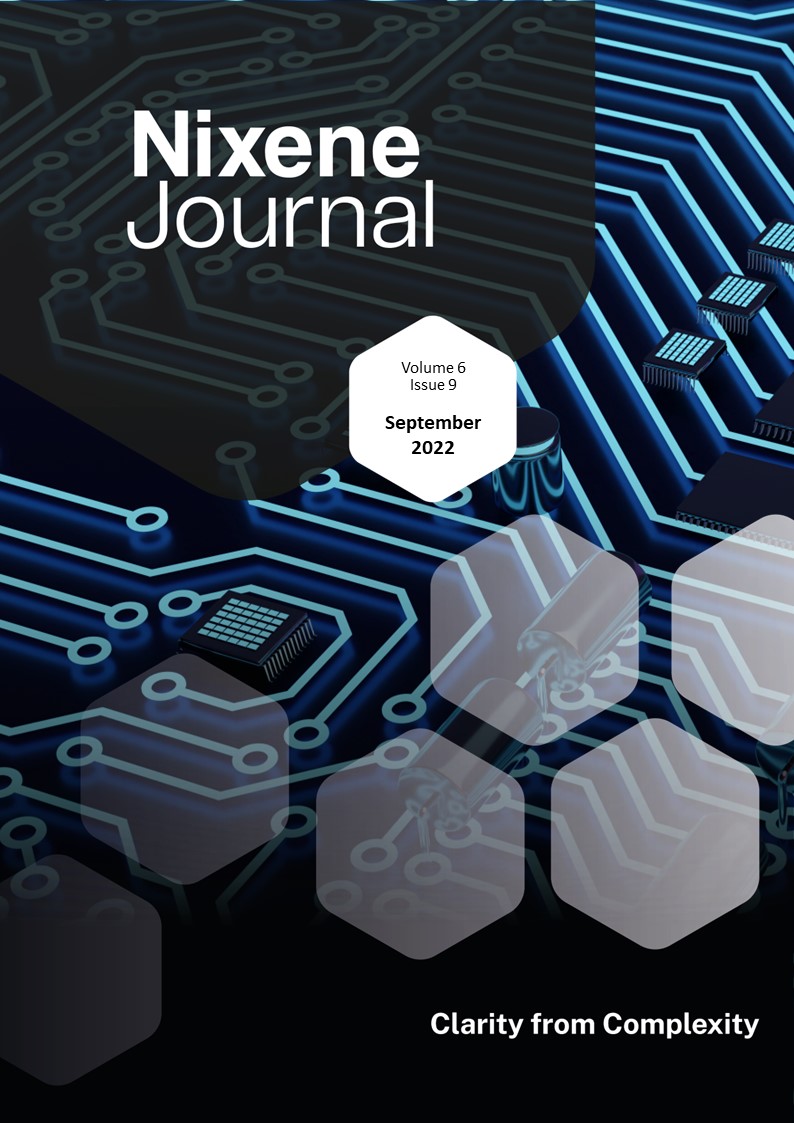
Vol 6 Issue 9
Andre Geim’s work appears twice in this issue. He has been working with researchers in China and developed a straightforward method of recovering metallic gold from e-waste. This starts with an e-waste liquid stream where the precious metals have been dissolved in acid. Reduced graphene oxide powder (rGO) is mixed with this waste stream. rGO is composed of nanoplates with oxygen containing groups around the edges and a graphene surface in the middle. The groups round the edge help the nanoplate mix with the water in the waste and the graphene surface attracts and reduces the gold ions in solution to solid gold metal. It is surprisingly straightforward. The process is also extremely efficient, recovering nearly 100% of the gold even when vanishingly small amounts of gold is present. Andre was also interviewed by Forbes magazine this month. He was asked how he manages to be so innovative when others are less so. He replied that having a wide range of interests was a key part of his success: “Too many people move from scientific cradle to scientific coffin without deviation” …and went on to say: “You have to enrich yourself, to improve your chances to find something new and interesting that other people didn't find before” Not only a recipe for success in science but a good philosophy for making our own luck for the rest of us too. Elsewhere in this issue, articles cover topics such as the renewed investor interest in graphene companies. Over £11million has been invested in graphene companies this month. Researchers have turned graphene into diamond, and others have been discovering more about the electrical properties of twisted layer graphene. In Malaysia, the traditional industry of natural rubber harvesting is exploring creating high altitude balloons made with graphene enhanced rubber to launch satellites into low earth orbit. Quite a leap forward. Read on and enrich yourselves… Adrian Nixon 1st September 2022£45.00 View product

